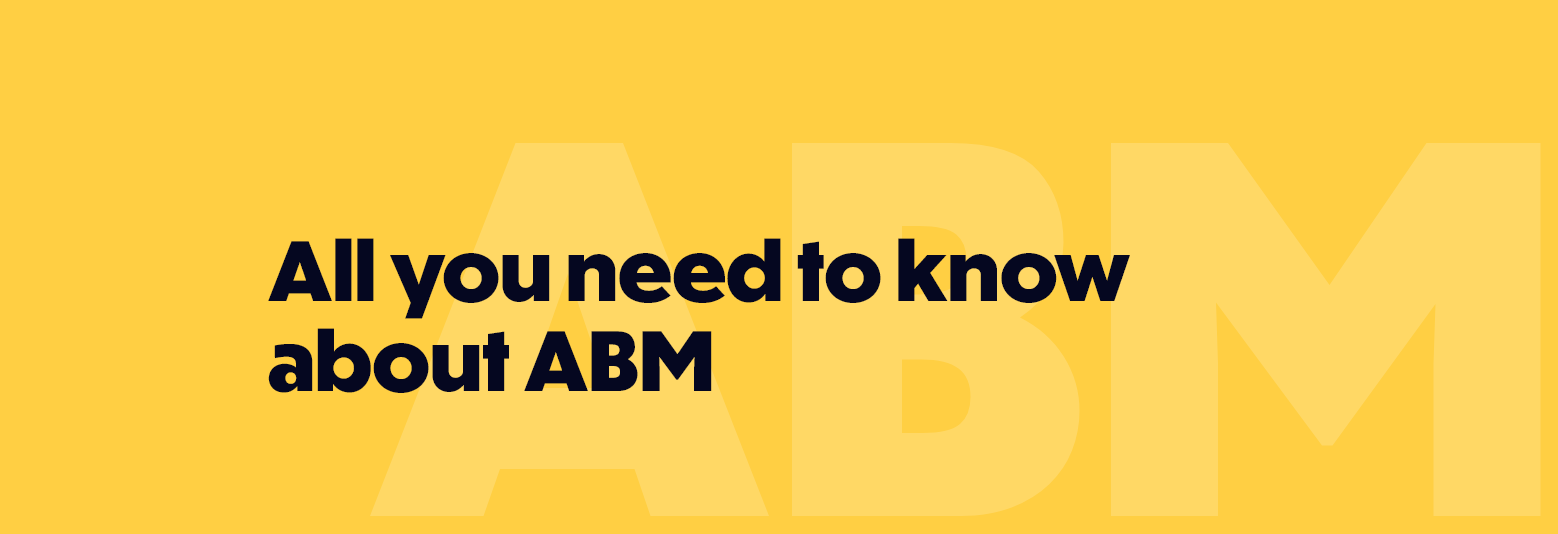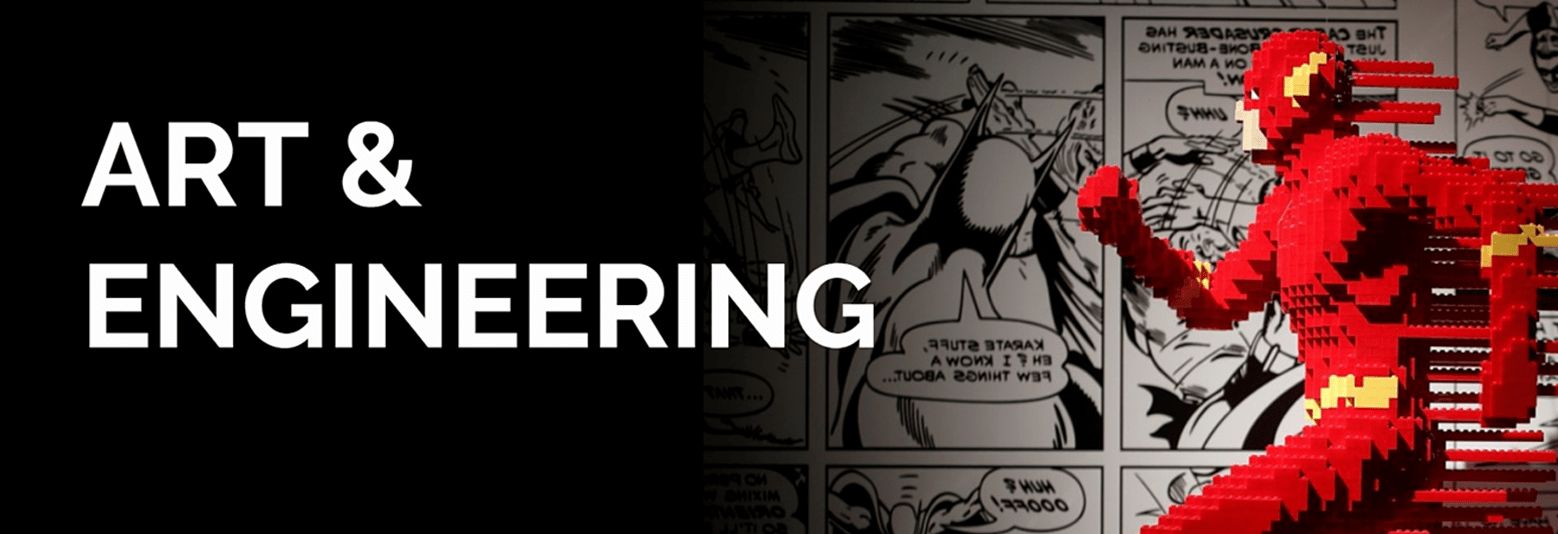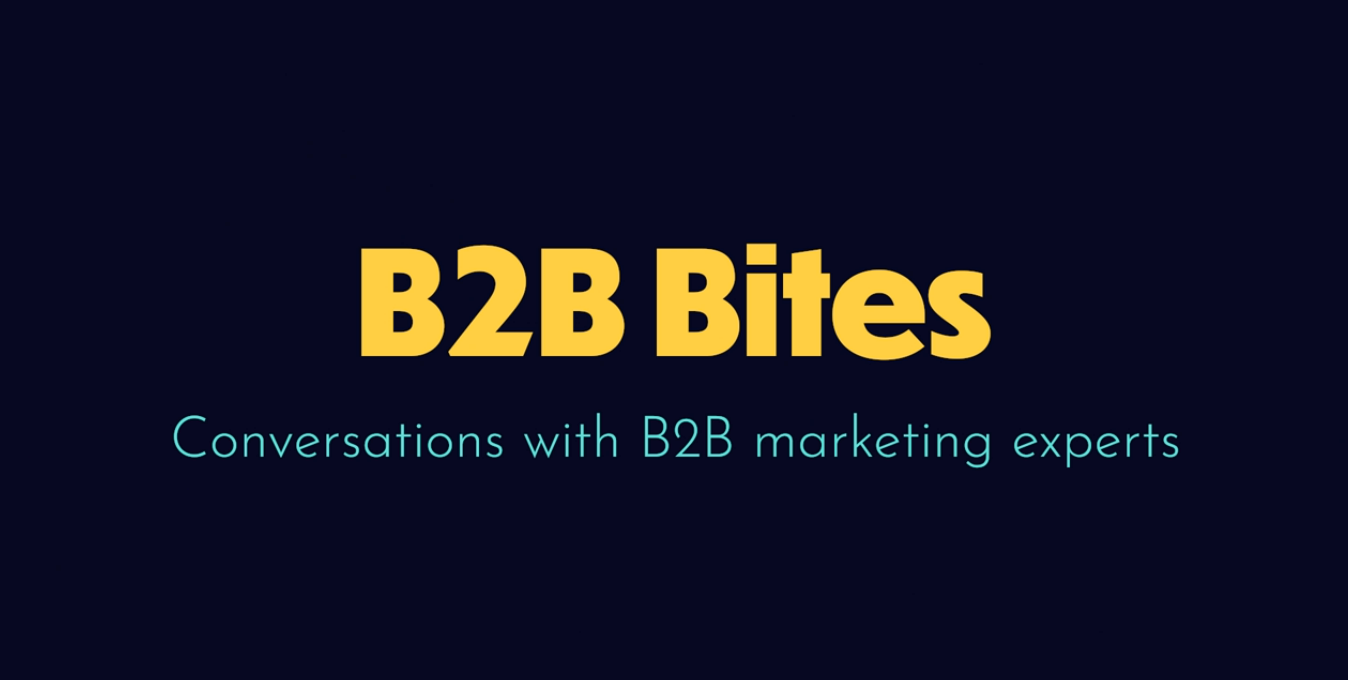For businesses new to inbound marketing, the influx of new terms and practices may be more than a little intimidating. What is a buyer persona, and more importantly, how do companies use these personas to “do” inbound?
Inbound marketing is the user-based, information-guided marketing strategy of the Web; without an effective understanding of inbound, your company may fall behind to companies that use inbound methodologies to engage and delight their audiences.
Use this blog post as a guide to key inbound terminology, and to learn what makes inbound such an exciting venture for businesses looking to expand in the digital world.
Buyer persona
Crafting a number of buyer personas is one of the first steps in any inbound marketing strategy. These personas are your ideal customers, with their unique pain points, Web behaviours and other categorising elements. Without understanding the needs of your perfect customer, you can’t begin to see meaningful inbound results.
Inbound tip: don’t hesitate to include the narrow details on your buyer personas. The more effectively you can filter your Web visitors into certain personas, the more accurately you can engage them with content and online conversion elements.
Call-to-action
A CTA is a marketing element designed to encourage visitor response, typically linking through to a landing page where users can find out more information or access special content (such as an offer). These can typically be found at the bottom and/or side of a business’s web pages.
Inbound tip: the best CTAs rely on webpage placement, sales cycle alignment, action-oriented wording and visual engagement to generate immediate visitor response. Make sure to not clutter your CTAs with unnecessary content, as well.
Content
Content refers to the “meat” of any inbound marketing strategy; it’s the blogs, offers, pages and social media activity you post to engage with visitors. Every piece of content you create, whether it’s a simple blog or detailed infographic, must be created with purpose, and tailored around informing or helping your intended audience.
Inbound tip: Eliminate the “fluff,” and give your visitors meaningful content they can use to resolve their individual pain points.
Forms
Forms are the quick, fill-in-the-blank persona questionnaires featured on inbound landing pages (see below). These are designed to gather visitor information, and provide insights to a user’s place in the sales funnel. Forms identify who a visitor is; what information they’re accessing (as well as pain points and interest), their email contact information and phone number, as well as other identifiers, such as company, occupation or zip code.
Inbound tip: configure your forms to gather different pieces of information at different stages of the sales funnel. When it comes time to close a lead generated via inbound, you’ll have a clear picture of who those leads are, as well as what problems they are looking to resolve.
Inbound marketing
Inbound marketing is the marketing strategy of engaging audiences with shaped content, and generating leads (and eventual customers) through various conversion elements throughout the sales funnel. Opposed to outbound marketing, inbound is all about informing and delighting your audience, and building credibility through quality content.
Inbound tip: the best inbound strategies follow a four-part path of “attract - convert - close - delight.” Know each stage in the inbound methodology, and create content to engage interested audiences at the right lifecycle stages.
Landing page
A landing page is essentially the gateway you create for your content. Accessed via CTA and attached with a form, landing pages provide a quick overview of the content or services you are offering (see “Offer,” below) to visitors already interested in your company.
Inbound tip: keep your landing pages clear of clutter, such as drop-down menus or additional CTA’s. When visitor’s land on these pages, they come with clear interest in your company and what you have to offer. Also, don’t intimidate potential leads with exhaustive landing page forms (especially for top-of-funnel landing pages).
Offer
An offer is a special piece of content that you provide Web visitors to push them through the sales funnel. The best offers are informative, and serve to help, entertain or otherwise engage audiences in a way that establishes trust in your company. Free guides, ebooks, charts, videos, case studies and infographics are all examples of suitable offer content.
Inbound tip: don’t make offers just to have content “out there.” These are pieces of content that will establish your business in the eyes of consumers, and should be crafted with quality and purpose in mind. Target your offers to audience pain points to drive them from visitor to lead, and lead to customer.
Outbound marketing
Traditional marketing strategies, such as cold-calling, print advertisements or exposure through other media platforms. While there is still a time and place for outbound marketing strategies, these tactics take a backseat in today’s digital, user-based marketing world. Inbound has changed the face of marketing as we know it. Today’s business leaders must adapt their marketing strategies to not just include the Web, but thrive in it.
Inbound tip: outbound marketing tactics have fallen to the side, as audiences have gained control over the content they access in the digital world. Marketing today is incomplete without an inbound strategy in some form.
Pay per click
In inbound marketing, pay per click (PPC) is an agreement in which companies pay a fee every instance one of their advertisements is clicked (most often, in the form of search engine advertisements); it’s a means of purchasing site visitors instead of generating traffic through organic search. In search engine PPC, advertisers bid on space in paid-for search engine results.
Inbound tip: PPC requires careful keyword selection, campaign building and effective conversion elements to be worth the investment. Additionally, search engines such as Google like when advertisers offer high quality content via PPC, and charge less per click in these cases.
Search engine optimisation (SEO)
Search engine optimisation refers to optimising your website, content and landing pages to generate un-paid, organic search engine traffic; it’s the antithesis to PPC, and a central component of inbound. By its definition, inbound is the practice of attracting visitors and generating leads via audience interest. In this sense, SEO is inbound marketing.
Inbound tip: the higher your SEO ranking, the more likely your site will be seen by potential visitors. Analyse your keywords and create relevant content that revolves around powerful keywords and campaigns to improve your ranking.
Inbound marketing is as much of a marketing cornerstone today as traditional strategies. If your company hasn't yet embraced inbound, you’re missing out on valuable opportunities to grow in the digital marketplace.









